How to Obtain the Cisco CCNA Certification?
Update time:2025-10-10
If you’re getting started in network technology, earning the Cisco CCNA (Cisco Certified Network Associate) certification is one of the best first steps.As Cisco’s entry-level credential, it’s not overly difficult, but it gives you a structured foundation in networking concepts and makes your résumé stand out when applying for network or IT roles.
Here’s a clear breakdown of how to take and pass the CCNA, from exam details to preparation strategy — even beginners can follow along.

1.Exam Overview
Exam Code: CCNA 200-301 (a unified exam covering network fundamentals, routing & switching, and security).
Format: Computer-based test, 120 minutes.Multiple-choice, multiple-response, drag-and-drop, and scenario questions.
Score: 1000 points total, 825 to pass.
Fee: USD 300 (approx.RMB 2100–2300 globally).
Registration: Via the Pearson VUE website → choose a nearby test center → pay securely (supports Alipay) → receive confirmation email with time and address.

2.Key Exam Modules (6 Core Domains)
(1)Network Fundamentals (20%)
OSI & TCP/IP models and their layer responsibilities (e.g., network layer routing vs. transport layer delivery).
IPv4/IPv6 addressing and subnetting basics.
Common network devices: switches (Layer 2) vs. routers (Layer 3), and interface types (GigabitEthernet, Serial).
(2)Routing Technologies (25%)
Static routing and default routes.
Dynamic routing basics: OSPF (neighbor relationships) and EIGRP (Cisco proprietary protocol), without advanced election algorithms.
(3)Switching Technologies (25%)
VLANs and trunk/access port configurations.
STP (Spanning Tree Protocol) to prevent Layer 2 loops.
Link aggregation for higher throughput and redundancy.
(4)Network Security (15%)
ACLs (standard vs. extended), SSH secure remote access, and port security.
(5)WAN & Wireless (10%)
WAN technologies: PPP, HDLC.
Wireless concepts: AP setup, SSID configuration, and encryption standards (WPA2/WPA3).
(6)Automation & Programmability (5%)
Python basics (variables, loops) and REST API concepts for network device interaction.

3.Preparation Strategy
(1) Theoretical Learning – 1 Month
Study resources: Official CCNA 200-301 Cert Guide and Cisco Community documentation.
Focus areas: OSI/TCP models, routing principles, VLAN configuration logic.
Tip: Use summary notes and concept maps to understand relationships between protocols.
(2) Practical Labs – 1 Month
Tools: GNS3 or EVE-NG simulators.
Build network topologies (e.g., 3 switches + 2 routers + PCs).
Practice scenarios: VLAN segmentation, OSPF adjacency setup, ACL configuration.
Combine with hands-on dumps labs — each question includes configuration tasks identical to real exam topics.
(3) Dumps Practice – 2 Weeks
Use the latest CCNA dumps (updated within the past year) for intensive practice.
Analyze each incorrect answer and review the underlying concept (e.g., subnetting, routing metrics).
Simulate exam conditions: 90–120 minutes per test, aim for 90%+ accuracy before booking the real exam.
Many candidates use online mock exams and timed drills to identify weak points and benchmark readiness.
4.Key Reminders
Validity: CCNA certificates are valid for 3 years.You can renew by retaking the CCNA exam or moving up to CCNP.
Exam day: Bring a valid ID (matching registration info), arrive at least 30 minutes early.Entry closes 15 minutes after the start.
Core principle: Focus on understanding why, not just memorizing commands — for example, why VLANs isolate broadcast domains or how OSPF discovers neighbors.
5.Summary
CCNA is widely recognized as the gateway certification for network engineers.It’s not too hard, but it gives you a solid foundation that’s far more systematic than scattered self-learning.
If you’re pursuing a career as a Network Engineer or IT Operations Engineer, earning a CCNA is highly valuable — it’s recognized by ISPs, system integrators, and enterprises worldwide.
For the best results:
With 2–3 months of focused preparation, most learners can pass smoothly.The key is consistent practice — theory builds understanding, but repeated dumps drills and configuration exercises turn it into real skill.
Here’s a clear breakdown of how to take and pass the CCNA, from exam details to preparation strategy — even beginners can follow along.

1.Exam Overview
Exam Code: CCNA 200-301 (a unified exam covering network fundamentals, routing & switching, and security).
Format: Computer-based test, 120 minutes.Multiple-choice, multiple-response, drag-and-drop, and scenario questions.
Score: 1000 points total, 825 to pass.
Fee: USD 300 (approx.RMB 2100–2300 globally).
Registration: Via the Pearson VUE website → choose a nearby test center → pay securely (supports Alipay) → receive confirmation email with time and address.
2.Key Exam Modules (6 Core Domains)
(1)Network Fundamentals (20%)
OSI & TCP/IP models and their layer responsibilities (e.g., network layer routing vs. transport layer delivery).
IPv4/IPv6 addressing and subnetting basics.
Common network devices: switches (Layer 2) vs. routers (Layer 3), and interface types (GigabitEthernet, Serial).
(2)Routing Technologies (25%)
Static routing and default routes.
Dynamic routing basics: OSPF (neighbor relationships) and EIGRP (Cisco proprietary protocol), without advanced election algorithms.
(3)Switching Technologies (25%)
VLANs and trunk/access port configurations.
STP (Spanning Tree Protocol) to prevent Layer 2 loops.
Link aggregation for higher throughput and redundancy.
(4)Network Security (15%)
ACLs (standard vs. extended), SSH secure remote access, and port security.
(5)WAN & Wireless (10%)
WAN technologies: PPP, HDLC.
Wireless concepts: AP setup, SSID configuration, and encryption standards (WPA2/WPA3).
(6)Automation & Programmability (5%)
Python basics (variables, loops) and REST API concepts for network device interaction.
3.Preparation Strategy
(1) Theoretical Learning – 1 Month
Study resources: Official CCNA 200-301 Cert Guide and Cisco Community documentation.
Focus areas: OSI/TCP models, routing principles, VLAN configuration logic.
Tip: Use summary notes and concept maps to understand relationships between protocols.
(2) Practical Labs – 1 Month
Tools: GNS3 or EVE-NG simulators.
Build network topologies (e.g., 3 switches + 2 routers + PCs).
Practice scenarios: VLAN segmentation, OSPF adjacency setup, ACL configuration.
Combine with hands-on dumps labs — each question includes configuration tasks identical to real exam topics.
(3) Dumps Practice – 2 Weeks
Use the latest CCNA dumps (updated within the past year) for intensive practice.
Analyze each incorrect answer and review the underlying concept (e.g., subnetting, routing metrics).
Simulate exam conditions: 90–120 minutes per test, aim for 90%+ accuracy before booking the real exam.
Many candidates use online mock exams and timed drills to identify weak points and benchmark readiness.
4.Key Reminders
Validity: CCNA certificates are valid for 3 years.You can renew by retaking the CCNA exam or moving up to CCNP.
Exam day: Bring a valid ID (matching registration info), arrive at least 30 minutes early.Entry closes 15 minutes after the start.
Core principle: Focus on understanding why, not just memorizing commands — for example, why VLANs isolate broadcast domains or how OSPF discovers neighbors.
5.Summary
CCNA is widely recognized as the gateway certification for network engineers.It’s not too hard, but it gives you a solid foundation that’s far more systematic than scattered self-learning.
If you’re pursuing a career as a Network Engineer or IT Operations Engineer, earning a CCNA is highly valuable — it’s recognized by ISPs, system integrators, and enterprises worldwide.
For the best results:
Study the fundamentals consistently.
Use real-exam dumps to familiarize yourself with actual test logic.
Do timed simulations regularly to ensure steady accuracy.
With 2–3 months of focused preparation, most learners can pass smoothly.The key is consistent practice — theory builds understanding, but repeated dumps drills and configuration exercises turn it into real skill.
I'm your man who have the 100% valid dumps , buy it now for 50% off to clear your exam!
Click it ↓↓
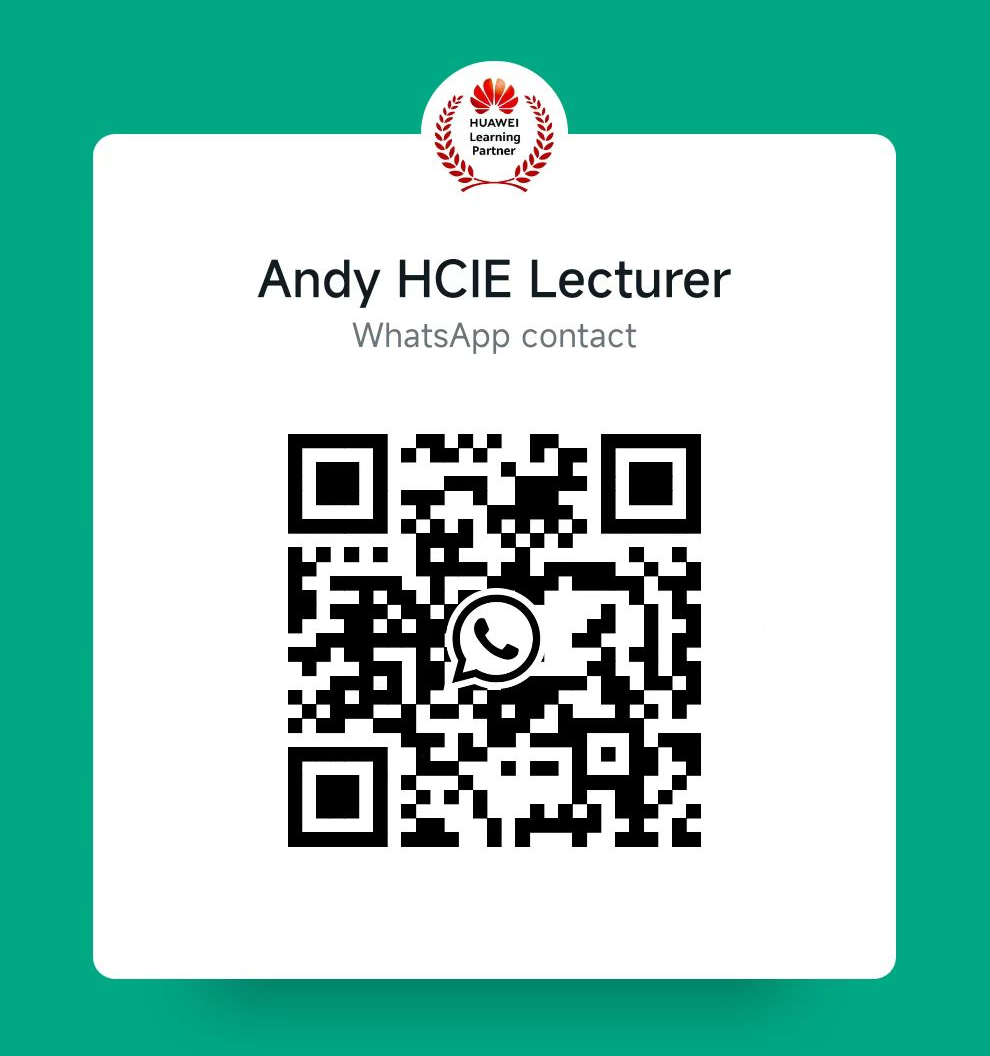
Hot article
-
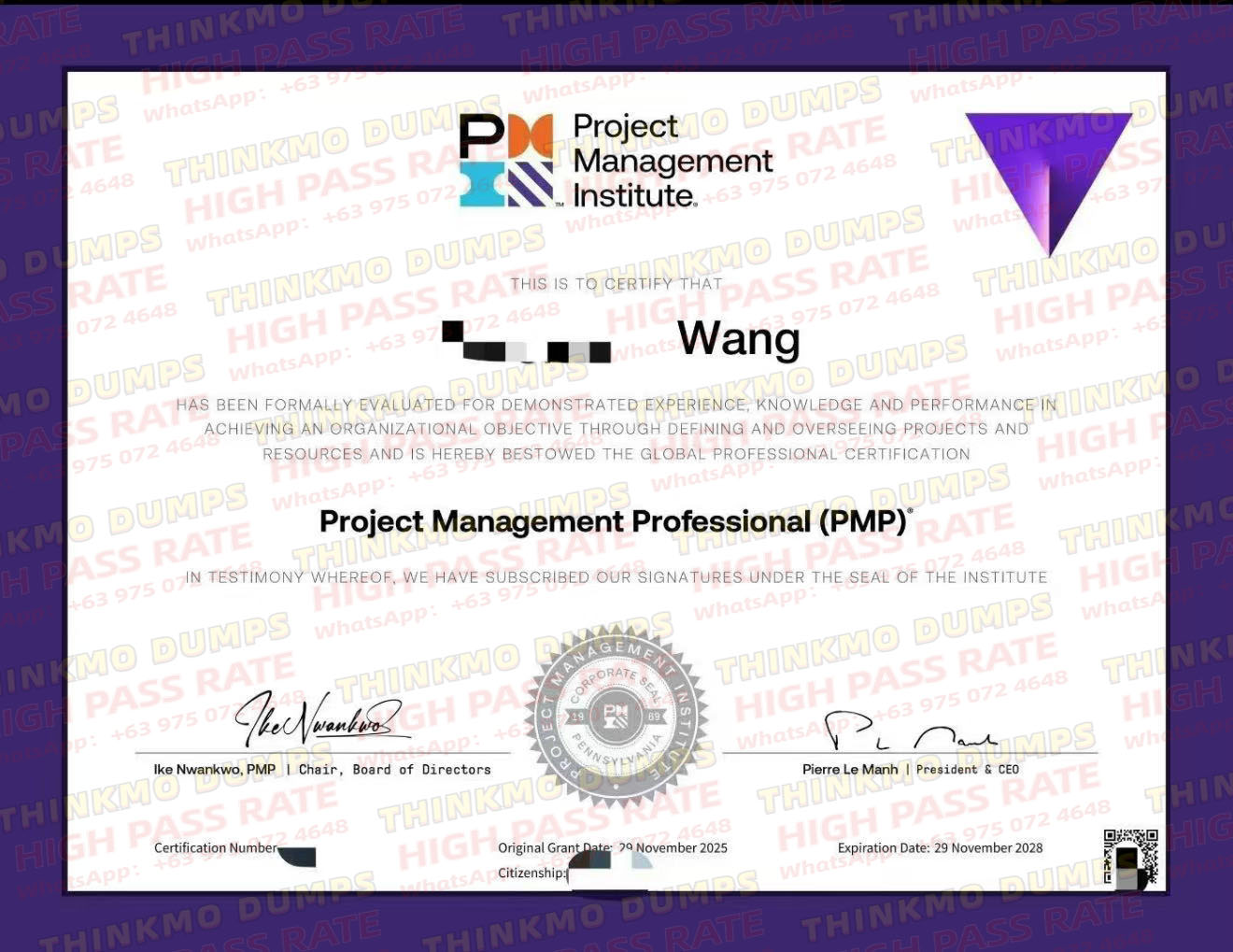 1
1 Pass CCIE/CKA Exams with ThinkMo’s Top Question B
上传:2025-12-19
-
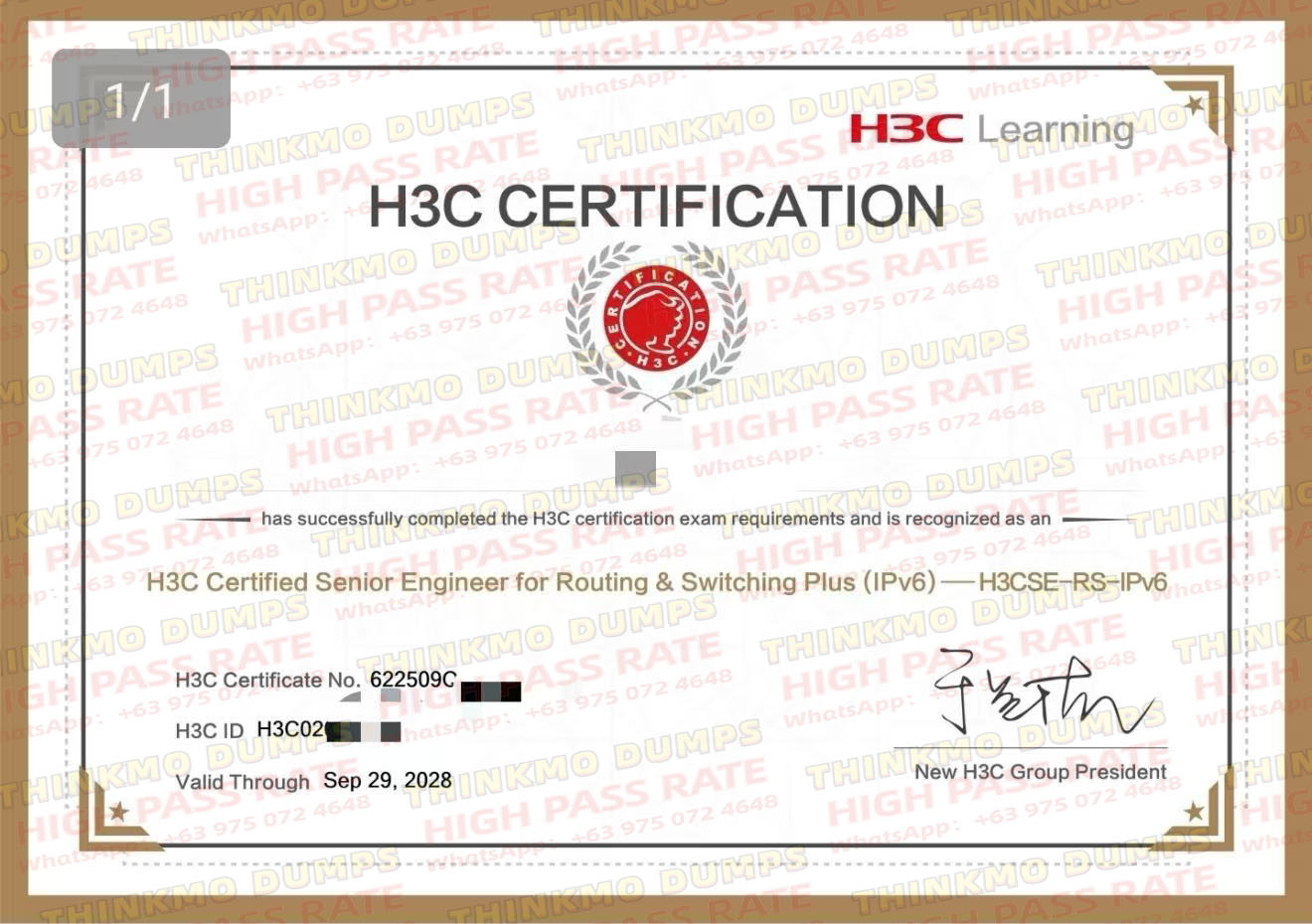 2
2 Triple Win: Ace H3CSE with ThinkMo QBank & Trai
上传:2025-12-16
-
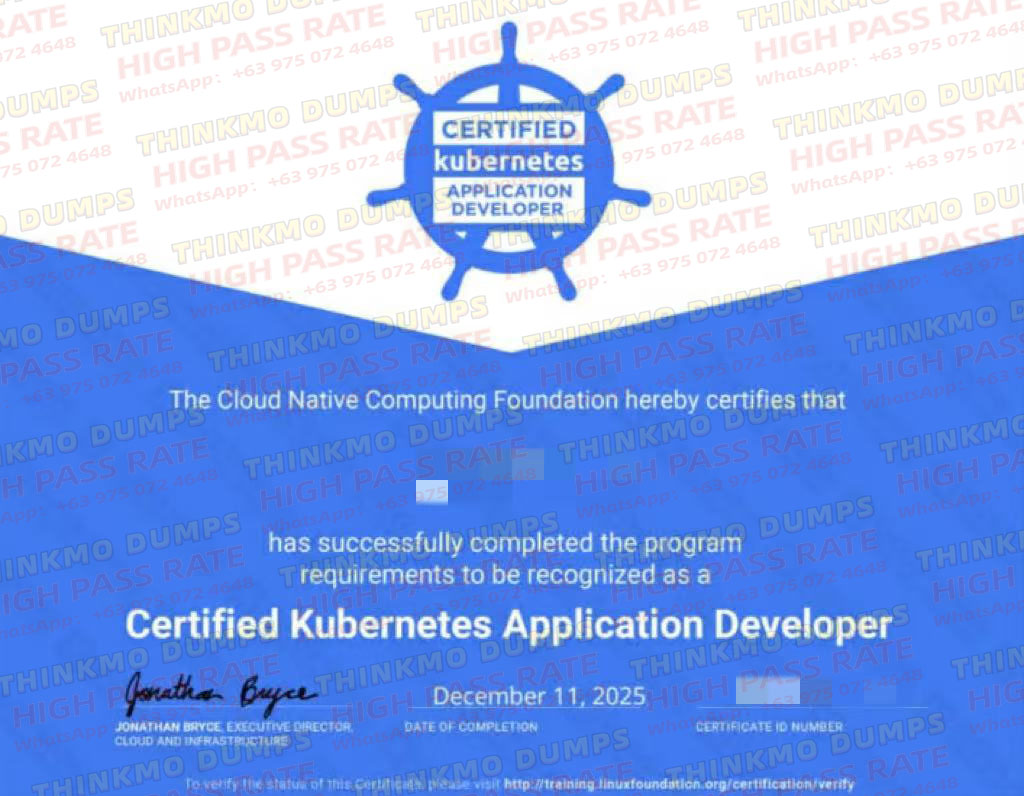 3
3 Ace CKAD! Filipino Students' High Scores with Think
上传:2025-12-13
-
 4
4 Stable ThinkMo HCIE Q-Banks | 3-Track December Pass
上传:2025-12-11
-
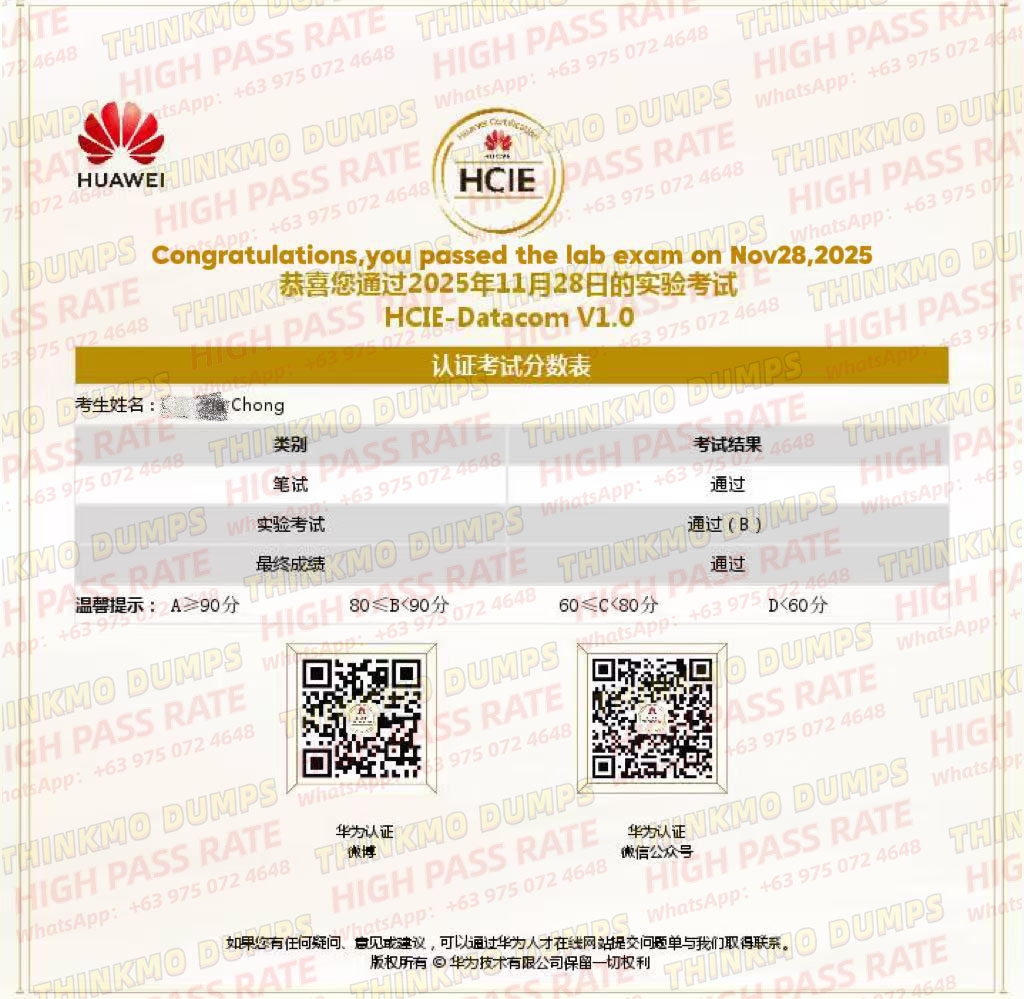 5
5 Stable IT Cert Prep: ThinkMo’s Full Exam Bank &am
上传:2025-12-08








